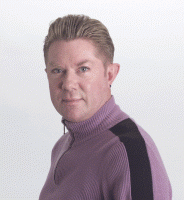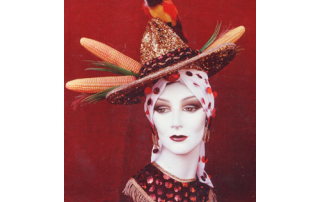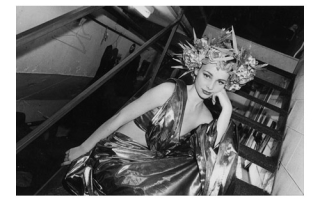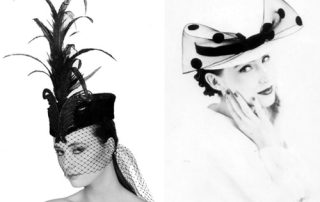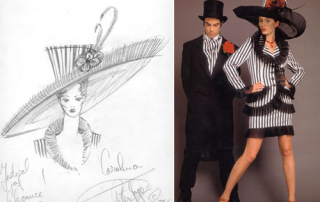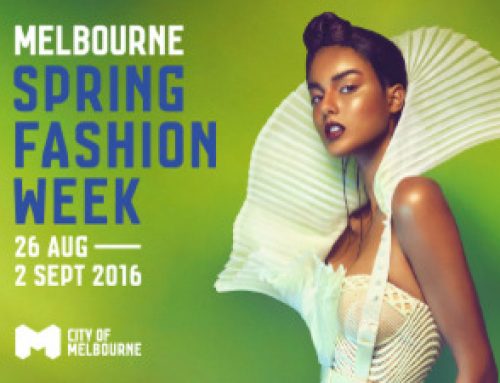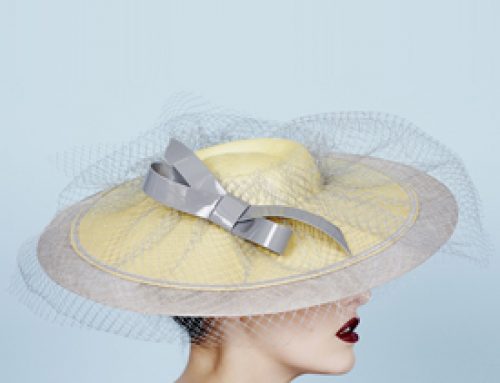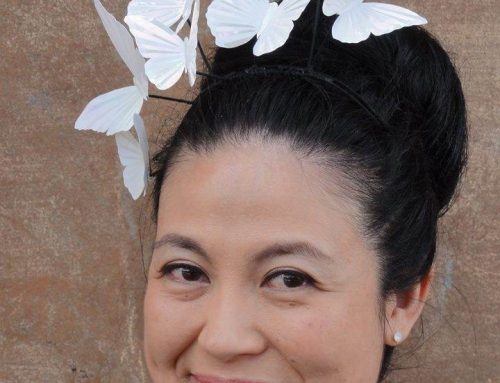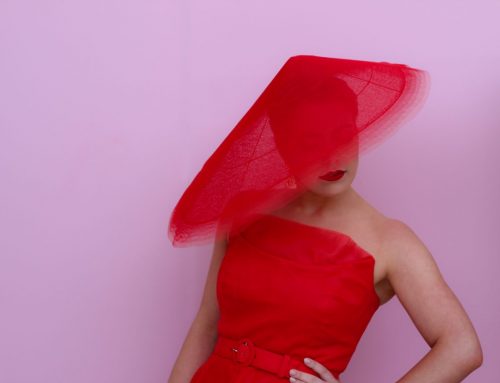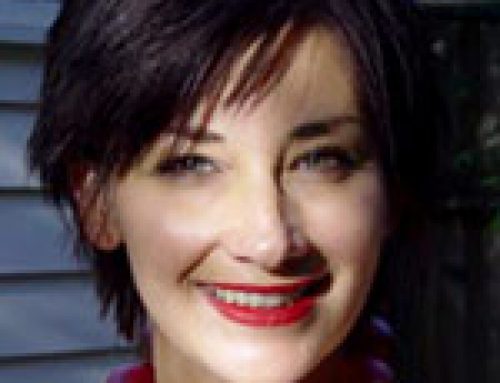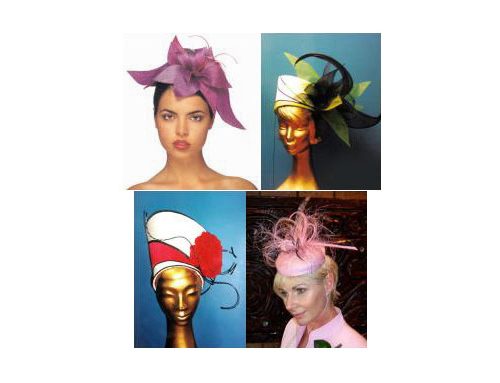Initially, I was told that it would take 10 years to become a milliner. But nobody had courses in Melbourne and the apprenticeships had hanged. The first person that introduced me to a structural knowledge was Mary Lock, who was wonderful and encouraging. I was also inspired by a wardrobe mistress from Sydney, Irene Everingham.
By chance the Australian Opera had a shortfall in staff for a number of productions and I then became apprentice to the head milliner Vera Goleidge who had been with the Australian Elizabethan Trust for 25 years. Vera was from the Vaudeville days.
I really wasn’t given what you would call “professional instruction”. I had to watch and I was guided by what was going on. I used to turn up at the opera at 8 in the morning and work for a hour or so before anyone arrived so that I was settled. It was a very intense program because there were two milliners that would rather have seen me eaten alive by ants. But Vera was a master milliner and her main criticism of the other milliners was that they had never tried on a hat and the hat is the line and the lines are a hat in character. The other work that I remember indelibly from Vera was that she said, “Always drape your fabric on the hat, don’t lie to cut, just get it on that shape and mould it.”
We had all the international stars and I learned that the Australian Opera is one of the top six costume wardrobes in the world. As a costumer I was a tailor and I also worked in the art department which included jewelery, armour, shoes, breaking down costumes and dying.
After I left the opera, I met Jane Carol, who is now an Order of Australia. She was a wonderful inspiration. By that stage I was out on my own in Sydney and had opened my own business, Peter Jago Exclusive Hats. During that time, advertising gave me the big bucks.
Then I was taken up by Harper’s Bazaar because millinery was a very old skill that had no revival, and Sydney was at a very interesting quintessence with fashion and I had a wonderful guide within that precinct with Julian Robinson, the great fashion writer of the world. He’s written over 75 books on the history of fashion, the art of fashion, and particularly reflective of the art nouveau and art deco periods and the influence. I also worked in film, theatre and television. I did the production of “Burke and Wills” which was made here with great international stars like Greta Scatchi and Nigel Havers. These things taught me a lot about patience. I then went to Melbourne and opened my label in 1986 at Zuzu’s (a nightclub).
Around this time I received two national grants, one from the Queensland Arts Council and the other was a Bicentenial grant that I received in 1987.
Where do you get the inspiration for your ideas? What inspires you?
I think my happy childhood is a great inspiration and growing up in Papua New Guinea. My parents both made puppets, initially to afford the early arrival of me (they were married in January and I was born in October). My father was a very skilled, trained designer from the Wimbledon School of Art in London and my father’s design skill was noted in Queensland. My father was a brilliant educationalist (both my parents were qualified school teachers), but my father specialised in art lecturing.
We had 14 years in the territory and, when you grow up without television, your imagination is one of the most enhanced skills that is invaded by visual stimuli. When you’re working plasticines, chalks and other art materials. Seeing the native villages…
What are the most enjoyable commissions?
The largest commission initally was with the Queensland Arts Council to design my own theme. That commission was an enormous honour in 1998.
The biggest job I ever did was the opening of the Crown Casino, which had me franchise work to other milliners like Mandy Murphy. These productions were enormous and some of them had 5′ high head dresses.
How would you describe your style of hats?
They are known as eccentric and I’ve always done the avante garde on my own level because my own inspiration has come from being a native Australian designer. The clients themselves inspire me. I want the hat evolved from the woman’s personna. That is the fashion idiom.
What are some of the themes you’ve used?
Reptilian – python inspired stretchted lycra, antique sequin. Eurasia – My work is taken from sometimes the simplest things. For example, my first design for a magician was off a packet of San Moritz cigarettes. The colours of that matte gold and beautiful jade green I added a magenta… so colour can be a beginning. I do my own thing. I follow thematics, like a colour, if it inspires me. I love [millinery] with a passion.
Do you have any interests outside of millinery?
I’m a loyal family person. I love children and they have a wonderful world to offer the adult. I’m patron of the Kids Helpline, as a result of my passion for seeing young people get on in this world. I’m sick of talk about the young. The young people of today in this country have been totally neglected and I won’t take my eyes off it. Nature is probably my greatest outward love.


